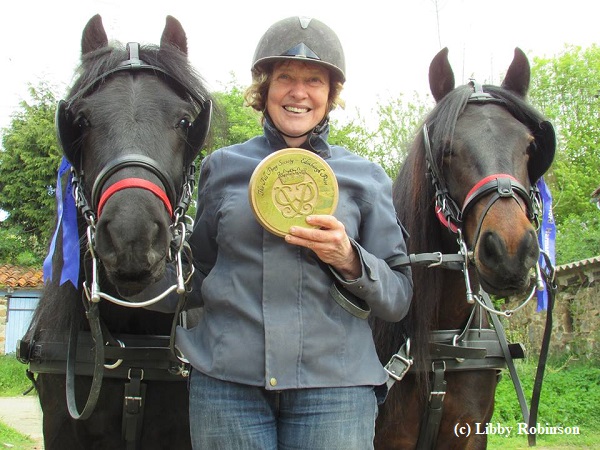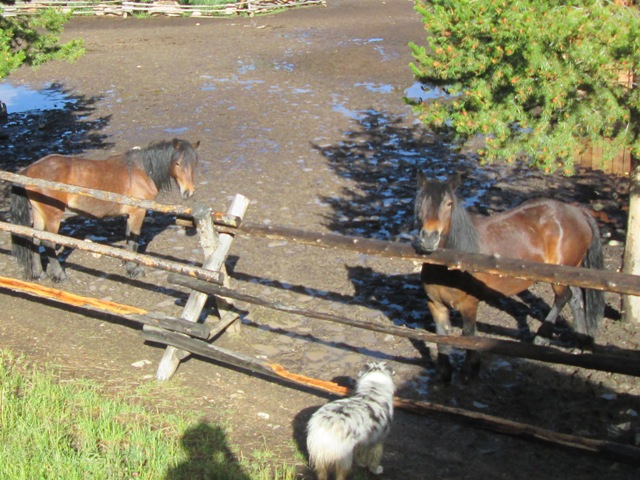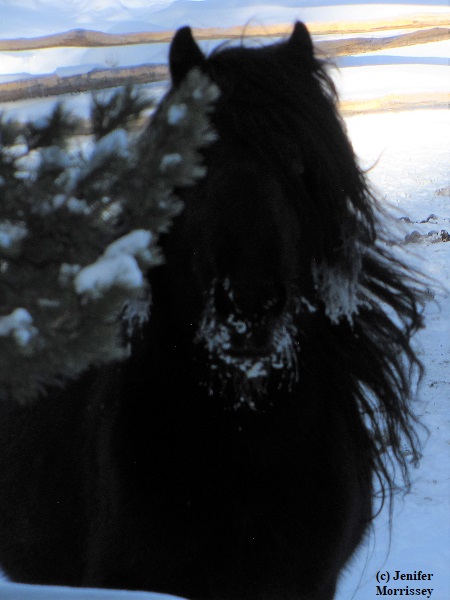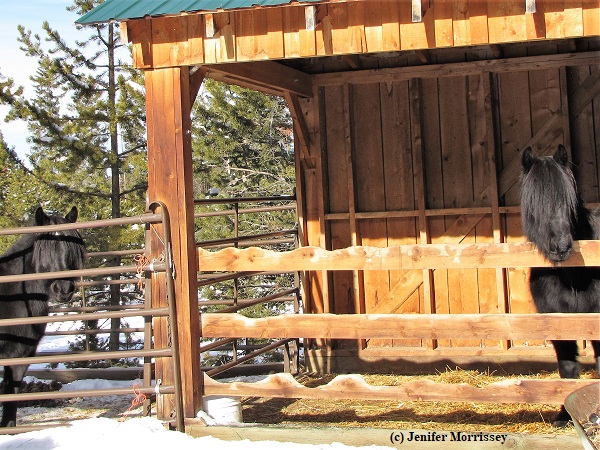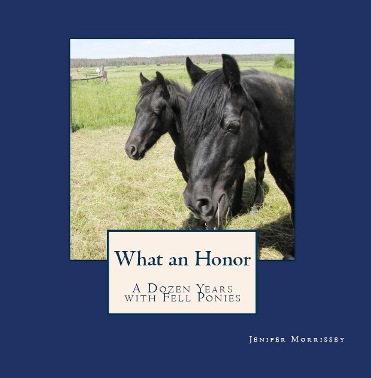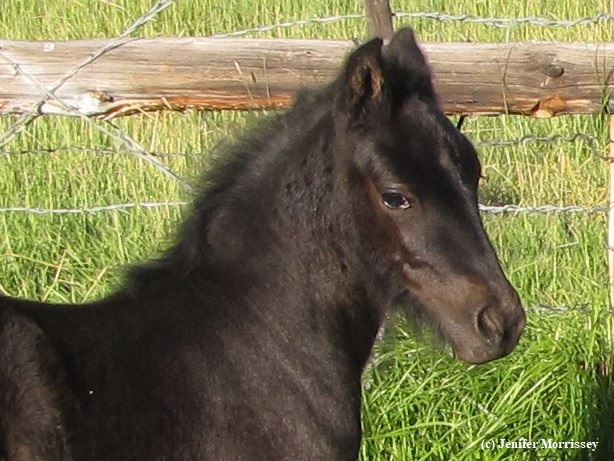I have a pony here now that has made me think hard about what sort of pony is the most ‘valuable.’ For some people breeding stock is the most valuable. For some people a pony that can be shown at the highest levels is the most valuable. The pony I have here now is neither of those types, but for me she’s more valuable than either of them.
I’ve had a number of experiences over the years with ponies and their owners and dogs and their breeders that suggest that ‘valuable’ is definitely in the eye of the beholder. There was once a Fell Pony that I admired, and I was surprised when it came on the market. When I inquired about purchasing it, the owner said, “Oh, no, I have a number of people wanting him. Thank you anyway.” But then a year later, the pony was back on the market, again for sale by the same owner. It appeared that the owner, while asking for a five-star home, didn’t consider a breeding home, like I would give it, good enough. Because the owner was in the showing fraternity, I was left with the impression that showing was the owner’s view of ‘valuable.’
Several years ago, I was in the market for a purebred dog, and I inquired with a colleague about available puppies. When I was pointed to their business partner, I was asked if I would be showing the dog, and I said no. Then I was asked if I was a breeder, and again I said no. I was then immediately told, “We’re not interested; our puppies aren’t for pet homes.” For this person, apparently, the most valuable sort of animal was a show animal first, a breeding animal second, and a pet (or in the pony world a ‘using’ pony) a lowly third.
I sometimes do a thought experiment to double-check my selection criteria of ponies that I decide to keep or sell. The experiment is to ask myself the question: if I could only keep one pony, which pony would it be? Then I ask, if I could only keep two ponies, which ponies would they be? And then, if I could keep only three ponies, which ponies would they be? The first time I did this thought experiment, the results surprised me. If I could keep only one pony, it wouldn’t be breeding stock or the fanciest looking or best moving one. It wasn’t until I got to keeping three and four ponies that showing or breeding stock made the list.
The pony I have here now is the sort that if I could only have one pony in my life, she’d be the one I’d want. She is kind, entertaining, and easy to get along with. She always greets me at the fence, is always ready to receive scratches in her favorite places, is easy to halter and lead, and easy to train. Even if this pony is never shown and never bred, for me, she’s more valuable than any showing or breeding animal because she’s such a joy to be around.
When I went looking for pictures of this pony, I realized all my recent ones have a fence in the foreground. When she was younger I had a fair number that were close ups of her nostrils. Rather than standing watching at a distance, posing in some majestic way, I’m inclined to think that my most valuable kind of pony is the one that has fence rails in front of it because they’d rather be with me than showing themselves off at a distance. Or they’d rather be so close to me that the only pictures possible are of nostrils!
The Fell Pony market in North America has been a growing one since I got involved, and many customers have wanted ponies they could breed from. I’ve tried hard to produce proper ponies for breeding use, not just for the market but also for the future of my own breeding program, since I’ve retained many of my own ponies for breeding. But because of the way I steward my herd – very hands on – I haven’t been able to - nor wanted to - ignore what makes a pony I’d want to have around if it’s the only one I could have.
While I take great joy in producing ponies that can excel in a breeding program or in a show ring, I take as much or more joy from producing a pony like the one I have now. In the end, the number of breeding and showing homes will always be fewer than the number of pet or using pony homes. Therefore, producing the type of pony like the one I have here now will always be a goal of my breeding program. For me, a pony that is a joy to be around will always be better than breeding or showing stock.
© Jenifer Morrissey, 2018




